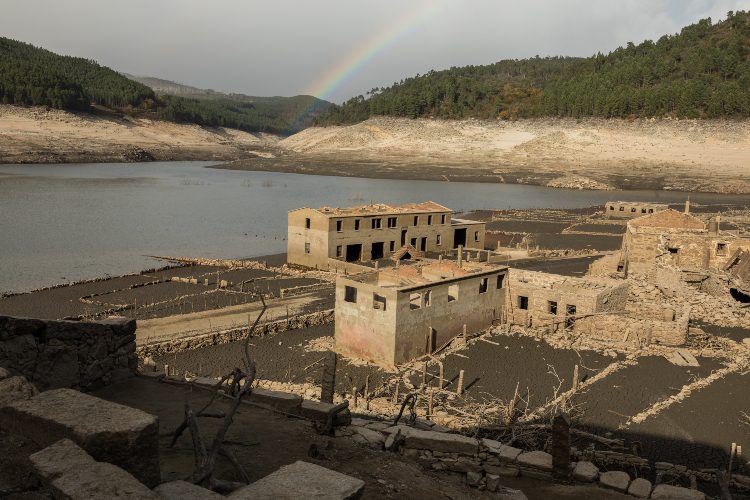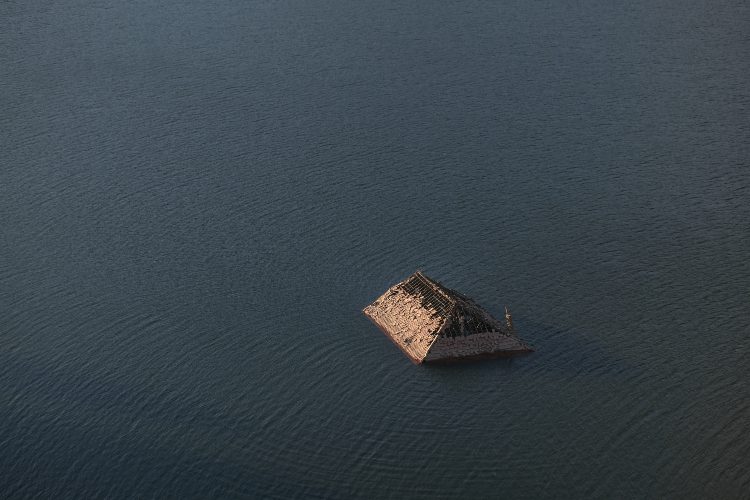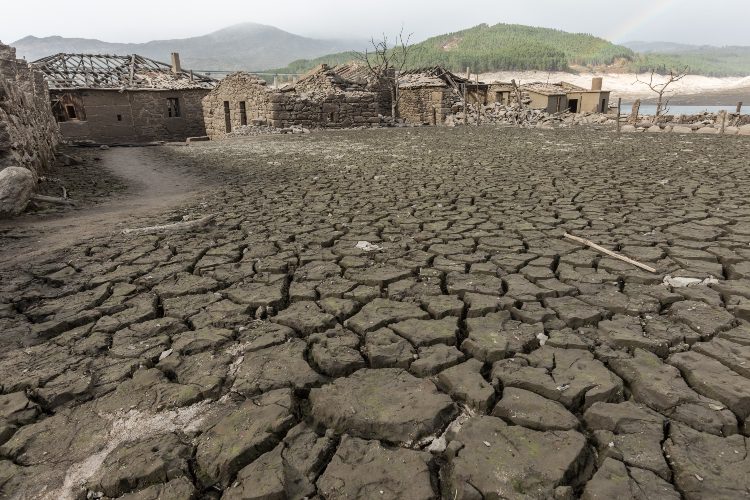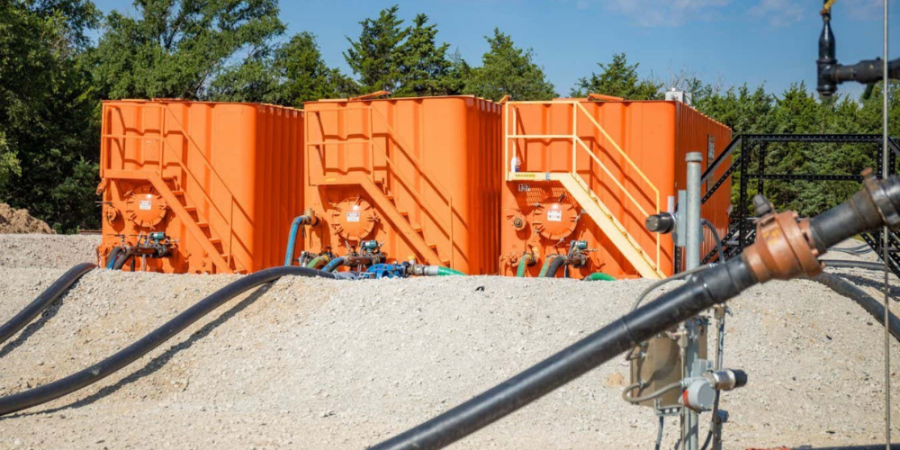
JBCarvalho Photography/Shutterstock
Aceredo, which has been underwater for some time, has recently received a new name — the Spanish ghost village. It has reemerged after a drought and turned into a hot spot for tourists.
Visiting the Ghost Village of Aceredo

Daniela Santos Araujo/Shutterstock
In March of 2022, Aceredo is no longer submerged. This year, it has remerged and become a “ghost village,” luring a ton of tourists — both local and foreign. Situated in the Galicia region of Spain, right on the Spanish-Portuguese border, the village was almost obliterated in 1992 when it was flooded to create the Alto Lindoso reservoir. But with the current drought, the reservoir is at only 15% capacity, allowing the village to see the light of day once more.
Today, visitors can observe changes in the village. Tourists are able to walk over the cracked, muddy ground and take a peek into the dilapidated buildings or even have water at an old fountain. Although the pipe is rusty, the water is as clean as it was before. Evidence of the villagers life before can also be found. For example, boxes of old beer bottles next to a partially destroyed café or a rusting car.
Older citizens have also been able to recall their days in Aceredo. “It’s terrible, but it is what it is. That’s life. Some die and others live,” commented Jose Alvarez, a former construction worker from Lobios who stayed in Aceredo.
But why did the ghost village of Aceredo reemerge?
How The Ghost Village Reemerged

JBCarvalho Photography/Shutterstock
Some locals see this as a sign of the state of the world and are less excited about the event. “It’s as if I’m watching a movie. I have a feeling of sadness,” said 65-year-old retiree, Maximino Pérez Romero, from A Coruña. “My feeling is that this is what will happen over the years due to drought and all that, with climate change.”
However, Mayor of the Lobios council, Maria del Carmen Yanez said that it’s not all due to climate change. While previous months, in particular, didn’t bring any rain, Portugal’s power company, EDP, is aggressively exploiting the reservoir. On February 1, the government of Portugal ordered Alto Lindoso, as well as five other reservoirs, to stop using water for electricity production and irrigation. EDP stated that the drought is the reason, and it hopes to properly manage water resources for successful further use. Unfortunately, it’s not the first time the sustainability of reservoirs has been doubted by the Spanish locals. In 2021, several Spanish villages said that power utilities used the reservoirs right after a rapid draw-down, although the company stated it was following the proper procedures.
So, what will happen during Spain’s drought? The reality is upsetting. Right now, Environment Ministry data states that reservoirs are at only 44% in comparison to the average of 61%. However, the situation is still better than the 2018 drought. Yet, a ministry source explained that it will worsen over the course of the month — drought indicators are showing unfortunate predictions.
Sources: Reuters, The Guardian










